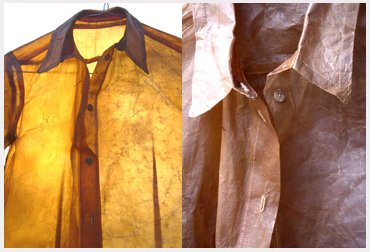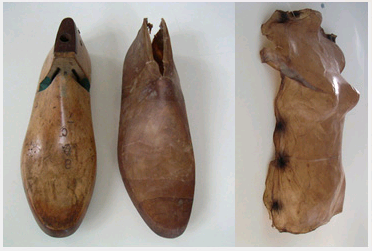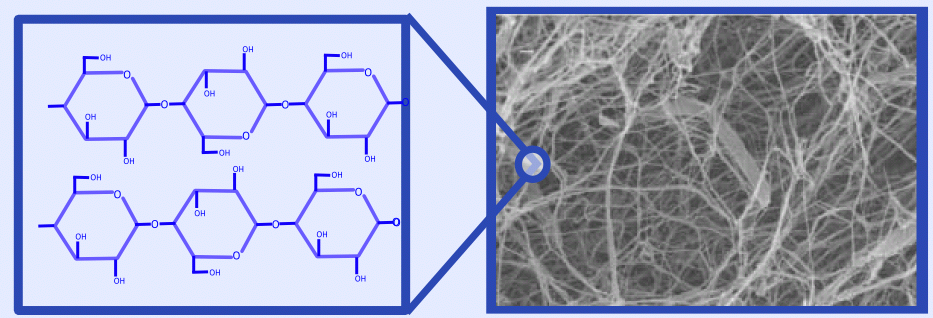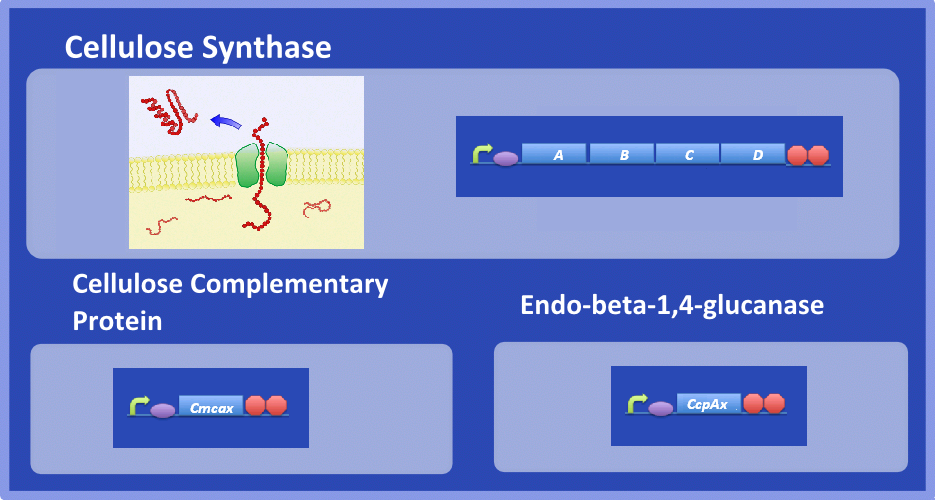Team:Imperial College/Cellulose
From 2008.igem.org
(Difference between revisions)
m |
|||
| Line 3: | Line 3: | ||
<br> | <br> | ||
{| cellpadding="1" style="background:#2B48B3; border:4px solid #E5EBFF; color:#E5EBFF" align="center" width=90% | {| cellpadding="1" style="background:#2B48B3; border:4px solid #E5EBFF; color:#E5EBFF" align="center" width=90% | ||
| - | |colspan="2"|<font size=5px color=#E5EBFF>Biomaterial</font> | + | |colspan="2"|<font size=5px color=#E5EBFF>'''Biomaterial'''</font><br> |
|- | |- | ||
|style="vertical-align:middle;"|To explore the use of synthetic biology for biomaterial we collaborated with Suzanne Lee, a Senior Research Fellow at St. Martins School of Art & Design. She has been focusing on the use of a particular biomaterial called bacterial cellulose for the production of clothes in her project BioCouture (for more information, you can visit the <html><a href="http://www.biocouture.co.uk" target="_blank">BioCouture homepage</a></html>). Drying the gel like bacterial cellulose produces a dry sheet that can be cut and manipulated to produce clothes ranging from jackets to shoes (see pictures below). From our discussions with Ms Lee it became apparent that there were a number of potential advantages for taking a synthetic biology approach to BioCouture. This page summarises the use of bacterial cellulose and the potential advantages for a synthetic biology approach. <br> | |style="vertical-align:middle;"|To explore the use of synthetic biology for biomaterial we collaborated with Suzanne Lee, a Senior Research Fellow at St. Martins School of Art & Design. She has been focusing on the use of a particular biomaterial called bacterial cellulose for the production of clothes in her project BioCouture (for more information, you can visit the <html><a href="http://www.biocouture.co.uk" target="_blank">BioCouture homepage</a></html>). Drying the gel like bacterial cellulose produces a dry sheet that can be cut and manipulated to produce clothes ranging from jackets to shoes (see pictures below). From our discussions with Ms Lee it became apparent that there were a number of potential advantages for taking a synthetic biology approach to BioCouture. This page summarises the use of bacterial cellulose and the potential advantages for a synthetic biology approach. <br> | ||
Revision as of 21:54, 28 October 2008
|
||||||||||||||||||||
 "
"





